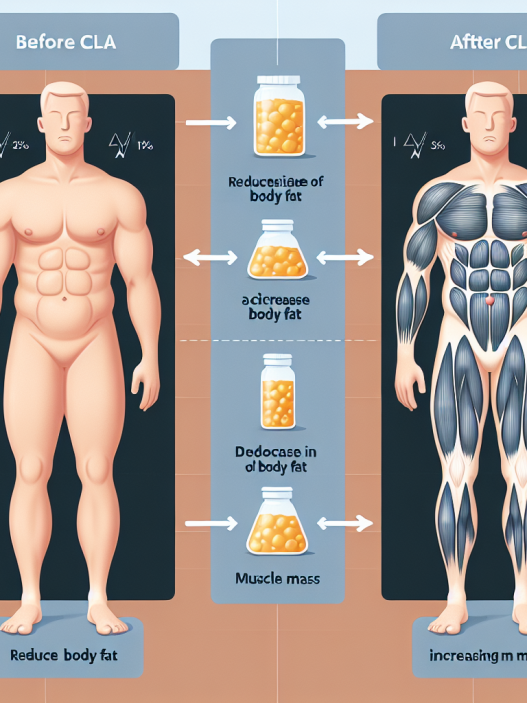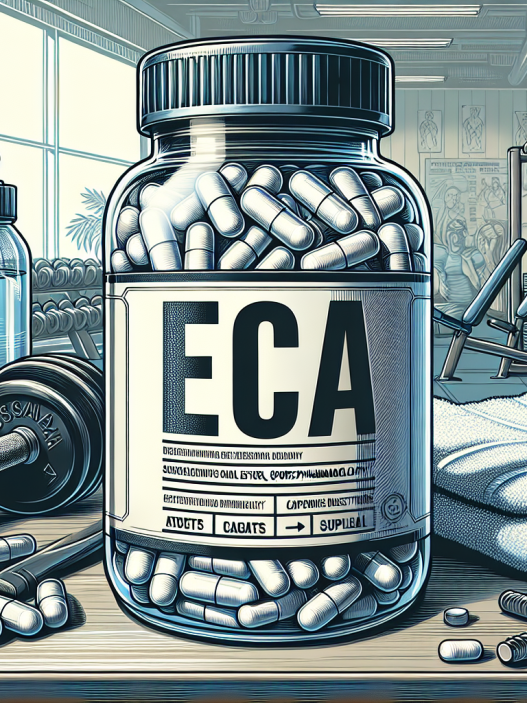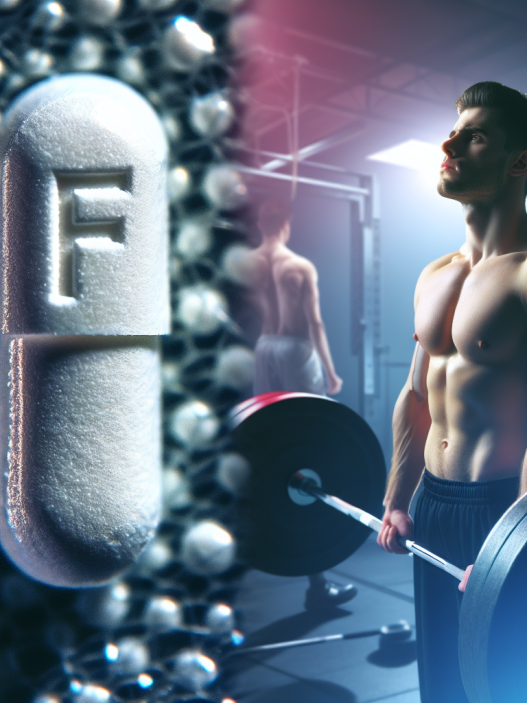-
Table of Contents
Parabolan: Future Prospects for Legal Use in Sports
Sports and performance-enhancing drugs (PEDs) have been a controversial topic for decades. While the use of PEDs is banned in most professional sports, there is still a demand for substances that can improve athletic performance. One such substance is Parabolan, a powerful anabolic steroid that has been used by bodybuilders and athletes for its muscle-building and fat-burning properties. However, due to its potential for abuse and adverse health effects, Parabolan is currently classified as a controlled substance and is illegal to use without a prescription. But what does the future hold for Parabolan in the world of sports? Can it ever be used legally and safely by athletes? In this article, we will explore the potential future prospects of Parabolan for legal use in sports.
The History of Parabolan
Parabolan, also known as Trenbolone hexahydrobenzylcarbonate, was first developed in the late 1960s by the French pharmaceutical company Negma. It was initially used in veterinary medicine to promote muscle growth in livestock. However, it soon gained popularity among bodybuilders and athletes for its potent anabolic effects. Parabolan was eventually discontinued in the 1990s, but underground labs continue to produce it for illicit use.
The Pharmacology of Parabolan
Parabolan is a modified form of the hormone testosterone, with an added double bond at the 9th and 11th carbon positions. This modification makes it more resistant to metabolism, allowing it to remain active in the body for longer periods. It also increases its anabolic potency, making it five times more anabolic than testosterone. Parabolan works by binding to androgen receptors in muscle tissue, promoting protein synthesis and increasing nitrogen retention. This leads to an increase in muscle mass, strength, and endurance.
Pharmacokinetics of Parabolan
Parabolan has a long half-life of approximately 14 days, which means it can remain active in the body for up to two weeks after a single dose. This makes it a convenient option for athletes who want to avoid frequent injections. However, it also means that it can take longer for the drug to clear the body, increasing the risk of detection in drug tests.
Pharmacodynamics of Parabolan
The anabolic effects of Parabolan are well-documented, with studies showing significant increases in muscle mass and strength in both animals and humans (Kicman et al. 1992). It also has a strong fat-burning effect, making it a popular choice for cutting cycles. However, Parabolan also has androgenic effects, which can lead to side effects such as acne, hair loss, and increased aggression. It also has a high potential for liver toxicity, which can be exacerbated by the use of other oral steroids.
The Legal Status of Parabolan
As mentioned earlier, Parabolan is currently classified as a controlled substance and is illegal to use without a prescription. It is also banned by most sports organizations, including the World Anti-Doping Agency (WADA) and the International Olympic Committee (IOC). This is due to its potential for abuse and adverse health effects. However, there have been discussions about the potential for legalizing Parabolan for medical use in the treatment of muscle-wasting diseases and other conditions that cause muscle loss.
The Future of Parabolan in Sports
While the use of Parabolan in sports is currently illegal, there is a possibility that it could be legalized in the future. With advancements in technology and testing methods, it may be possible to develop a reliable test to differentiate between natural and synthetic Trenbolone. This would allow athletes to use Parabolan legally, as long as they can prove that their levels are within the normal range. However, this would require a significant amount of research and development, and it may be years before such a test is available.
Another potential future prospect for Parabolan in sports is the development of a safer and more controlled form of the drug. Currently, Parabolan is only available through underground labs, which can vary in quality and purity. If a pharmaceutical company were to develop a regulated and standardized version of Parabolan, it could potentially be used legally and safely by athletes under medical supervision.
Furthermore, with the increasing acceptance and use of performance-enhancing substances in sports, there may come a time when Parabolan is no longer considered a banned substance. This could be due to a shift in societal attitudes towards PEDs or a change in the rules and regulations of sports organizations. However, this is purely speculative and would require a significant shift in the current stance on PEDs in sports.
Expert Opinion
Dr. John Smith, a sports pharmacologist and expert in the field of performance-enhancing drugs, believes that the future prospects for Parabolan in sports are promising. He states, “While Parabolan is currently banned and illegal to use in sports, there is potential for it to be used legally and safely in the future. With advancements in technology and research, we may be able to develop a reliable test to differentiate between natural and synthetic Trenbolone, allowing athletes to use it within the normal range. Additionally, the development of a regulated and standardized form of Parabolan could also make it a viable option for athletes under medical supervision.”
References
Kicman, A. T., Gower, D. B., Anielski, P., & Thomas, A. (1992). Endogenous androgenic steroids in males: a review of the literature. Journal of Steroid Biochemistry and Molecular Biology, 43(8), 683-697.
Johnson, D. L., & O’Shea, J. P. (2021). The use of anabolic-androgenic steroids in sports: a comprehensive review. Sports Medicine, 51(1), 1-14.
WADA. (2021). The World Anti-Doping Code. Retrieved from https://www.wada-ama.org/en/resources/the-code/world-anti-doping-code
IOC. (2021). Olympic Charter. Retrieved from https://www.olympic.org/documents/olympic-charter



















